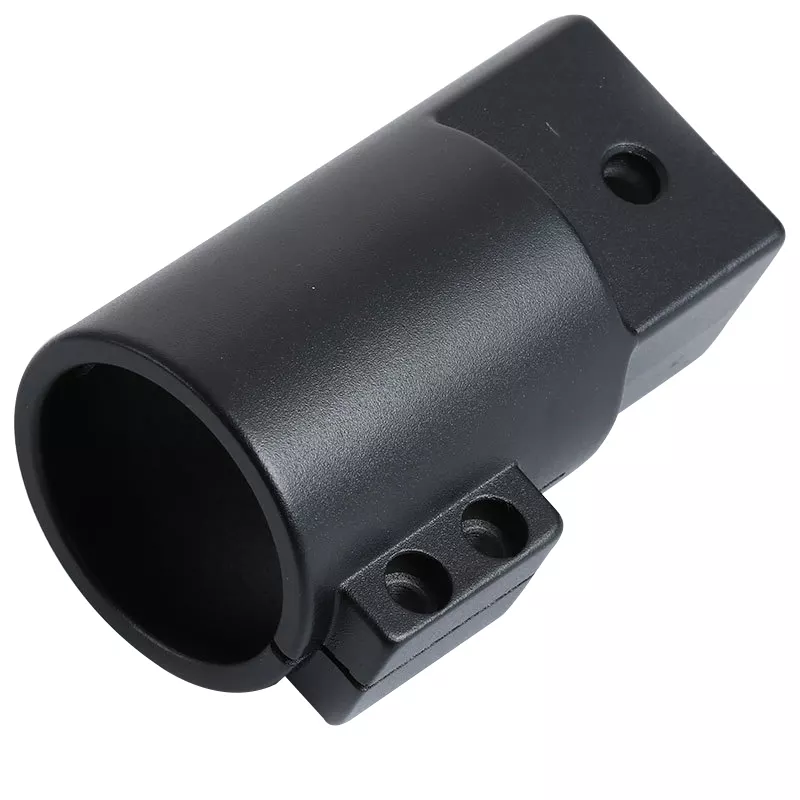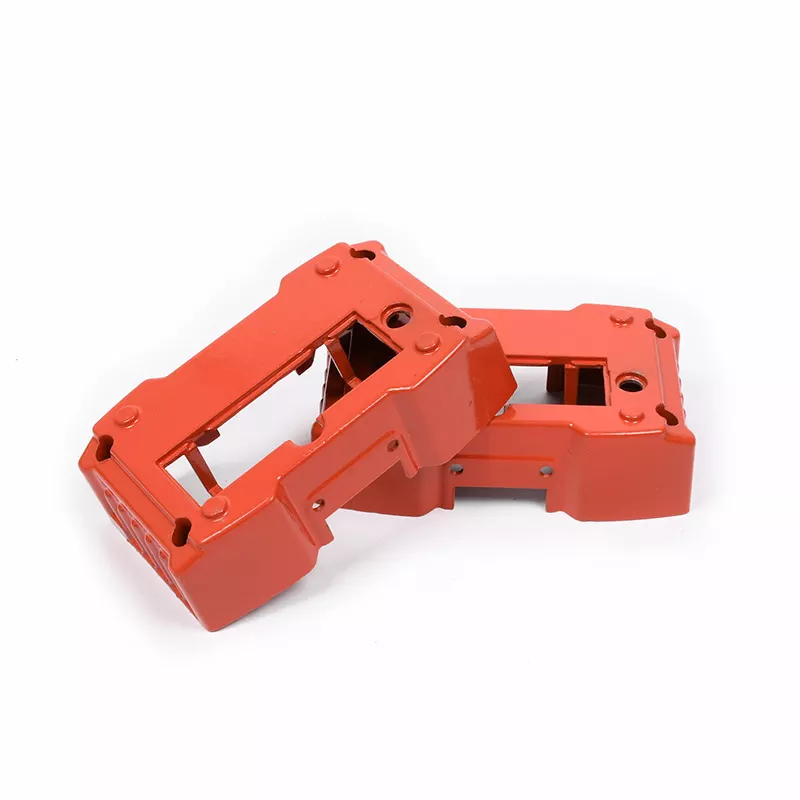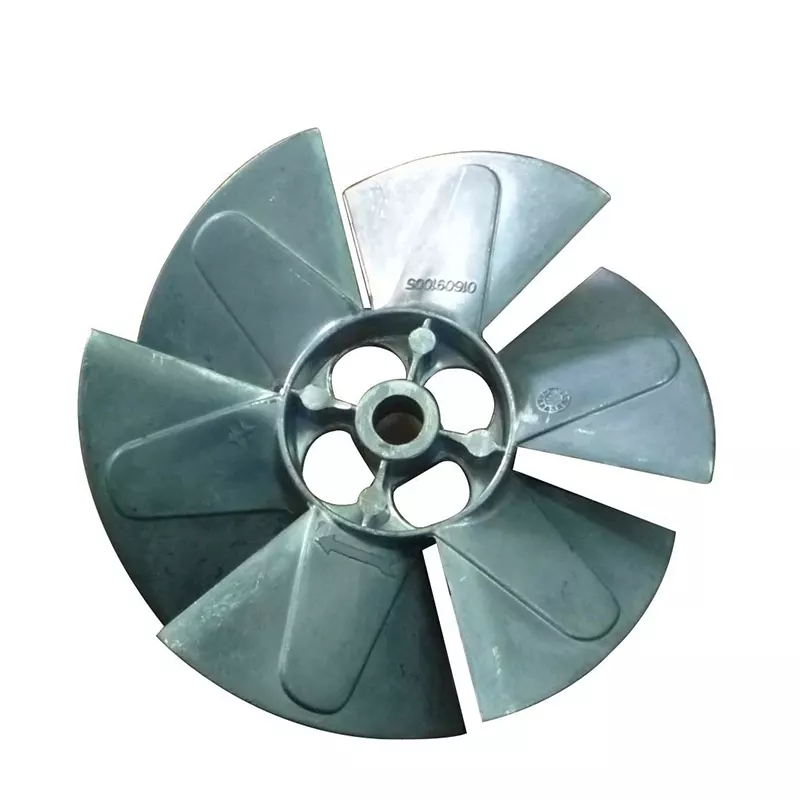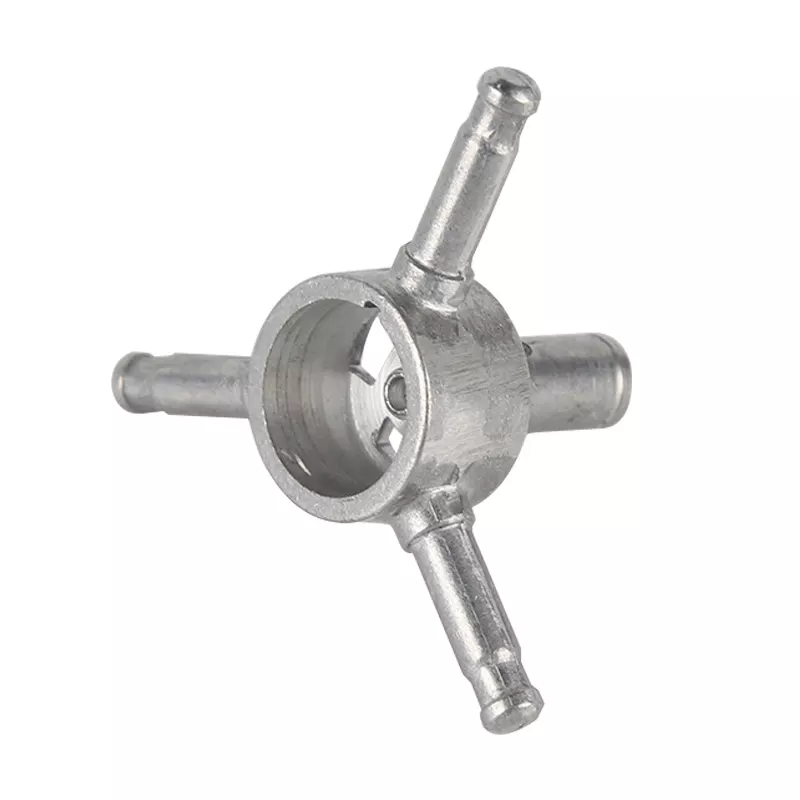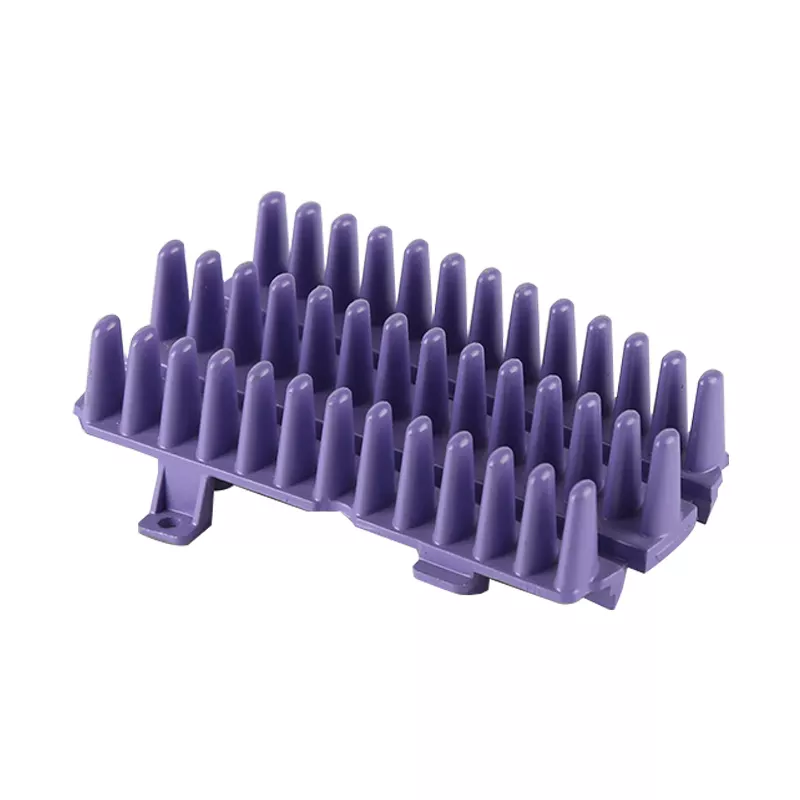Inspection before furnace
The inspection before the furnace of ductile iron is an indispensable part of the production process, and it is directly related to the quality of ductile iron parts. The spheroidization of molten iron can be judged timely and accurately, and measures can be taken quickly to control the quality of nodular cast iron. Misjudgment in front of the furnace will cause a large number of castings to be scrapped and waste molding man-hours. Therefore, timely and accurate judgment of spheroidization in front of the furnace is much more important than inspection after the furnace. There are several methods commonly used in actual production to check the spheroidization of molten iron before the furnace.
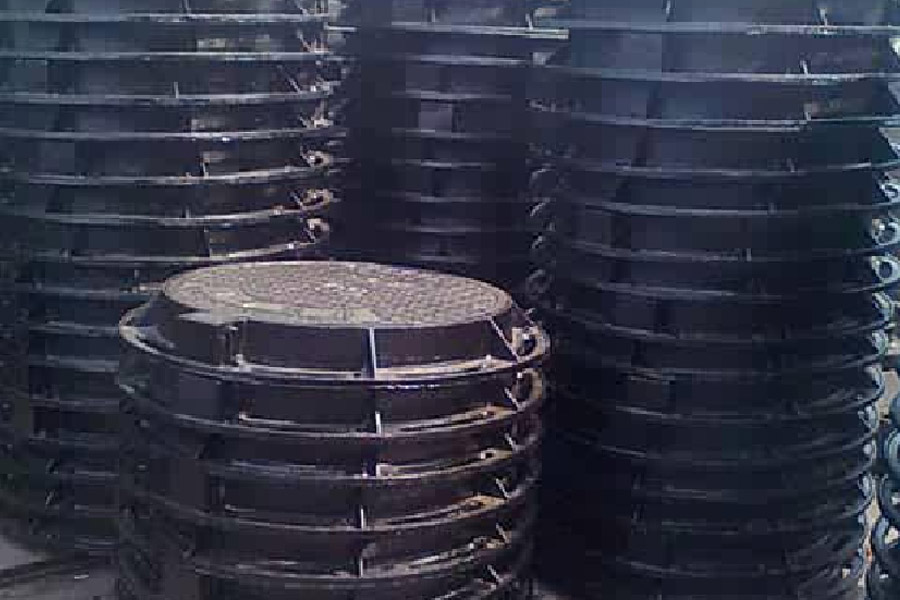
1 Surface crust and flame judgment method
Rare earth magnesium nodular cast iron has low magnesium content and rare earth elements. The surface of molten iron is different from pure magnesium nodular cast iron. There is not so much oxide scale on the surface, and the flame is not so powerful and powerful. However, when 1/3 of the molten iron is added, magnesium light and white flame will escape from the liquid surface, which is like a candle. According to the number and height of the flame, the spheroidization situation and the residual amount of magnesium are judged. The higher the flame and the more powerful, it indicates that the spheroidization is good. Especially when pouring, the hot metal can be seen from the molten iron flow, if the height reaches 25~ffice:smarttags" />50mm, the spheroidization is good; if the flame is less than 15mm, the spheroidization is poor. From processing On the surface of the molten nodular cast iron, an oxide film is formed and there are silver-white rolling bright spots, which means that the spheroidization is good. But if the oxide film is too thick, it means that the temperature of the molten iron is low.
2 Triangular test block method
At present, it is a commonly used method to judge the spheroidization by observing the test block. The test blocks used by various factories have many shapes and different sizes, and most factories use triangular test blocks. According to the production characteristics of our factory, the size and thickness of the castings, the cross-sectional area size of the triangular test block is 12.5mm (bottom) × 50mm ((height). Some factories use round test blocks, such as Ф15mm, Ф25mm, Ф30mm. Iron. After liquid treatment is completed, use a sampling spoon to discharge the liquid from the surface of the molten iron 200mm below the surface and pour it into a test block and cool it to dark red before water quenching. The outer circle of the good ball is much larger than the gray cast iron. The appearance is clean, bright and very sandy. The vertical cast triangle test block has shrinkage on both sides of the horizontal cast block top surface or the shrinkage test block on both sides. After cooling and knocking off, the spheroidization is good, and it is silver-white or silver-gray porcelain. The tip is clear and the white mouth is loose in the middle. Silver-white color with radial pattern, high spheroidizing agent will produce more carbides. At this time, when the test block is put in, it will make a "patting" crackling sound. The test piece will break when lightly tapped and the newly tapped calcium carbide will have a very thick mouth. Odor, therefore, it is best to float silicon during pouring. If the mouth is silver-grey and there are evenly distributed small black spots, it is colored crystal if broken.
Note:
3 Judgment of the pouring process
4 Black edge identification method
After the ball is processed, use a sample spoon to pour a test block with a thickness of about 10mm, and cool it to dark red. After quenching and breaking, if a black edge is found on the upper surface of the test block, it means that the spheroidization is not good, and the thicker the black edge, the ball The worse the melting, the recession will occur. At this time, if the temperature of the molten iron is high, the alloy can be added. It can also be seen from the test block that if the periphery of the test block is arc-shaped with a depression in the middle, and some wrinkles are present, it also indicates that the spheroidization is good; if there are wheat-skin-like dots on the upper surface of the test block, it indicates The molten iron is oxidized and is easy to decay. In this case, the furnace should be modified.
5 Observe the solidification status of molten iron
After the spheroidization is completed, take out a small amount of molten iron and pour it into a Ф30mm cylindrical metal mold. Observe the appearance of molten iron from the surface during solidification, and judge the spheroidization of the molten iron according to the amount of molten iron. Good spheroidized molten iron exhibits a large graphite expansion force during solidification. The surface of the molten iron drops a little at the beginning of solidification, and a small amount of molten iron gushes out of the case after the surface is encrusted; while the poorly spheroidized molten iron The number of gushes from the surface is small.
6 Quick metallographic observation in front of the furnace
The above-mentioned methods all use certain characteristics of ductile iron to indirectly judge the spheroidization, but the various conditions in production vary greatly, and the methods described have limitations, and the rapid metallographic observation in front of the furnace can avoid many factors. Interference, directly observe the spheroidization situation.
Metallographic inspection after furnace
Conclusion
For the inspection of ductile iron, the traditional inspection method of "after-furnace analysis" should be changed to "real-time online inspection." As a large and medium-sized enterprise, the use of advanced inspection methods at home and abroad to accurately determine the spheroidization situation is a reliable guarantee for the improvement of casting quality. However, for small enterprises, especially the rapidly emerging township enterprises, it is still of practical significance to use a certain characteristic of ductile iron to indirectly judge the spheroidization.




